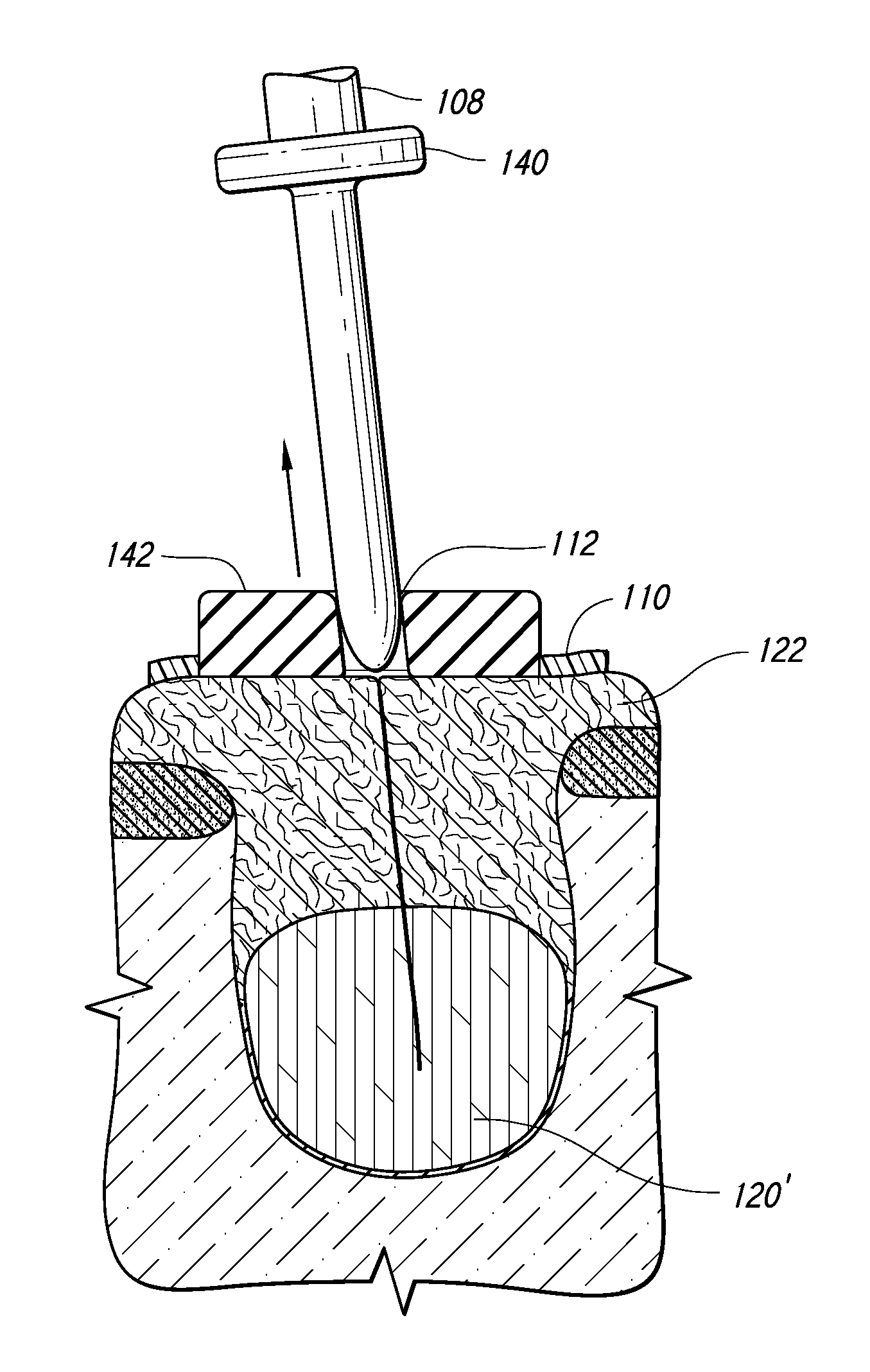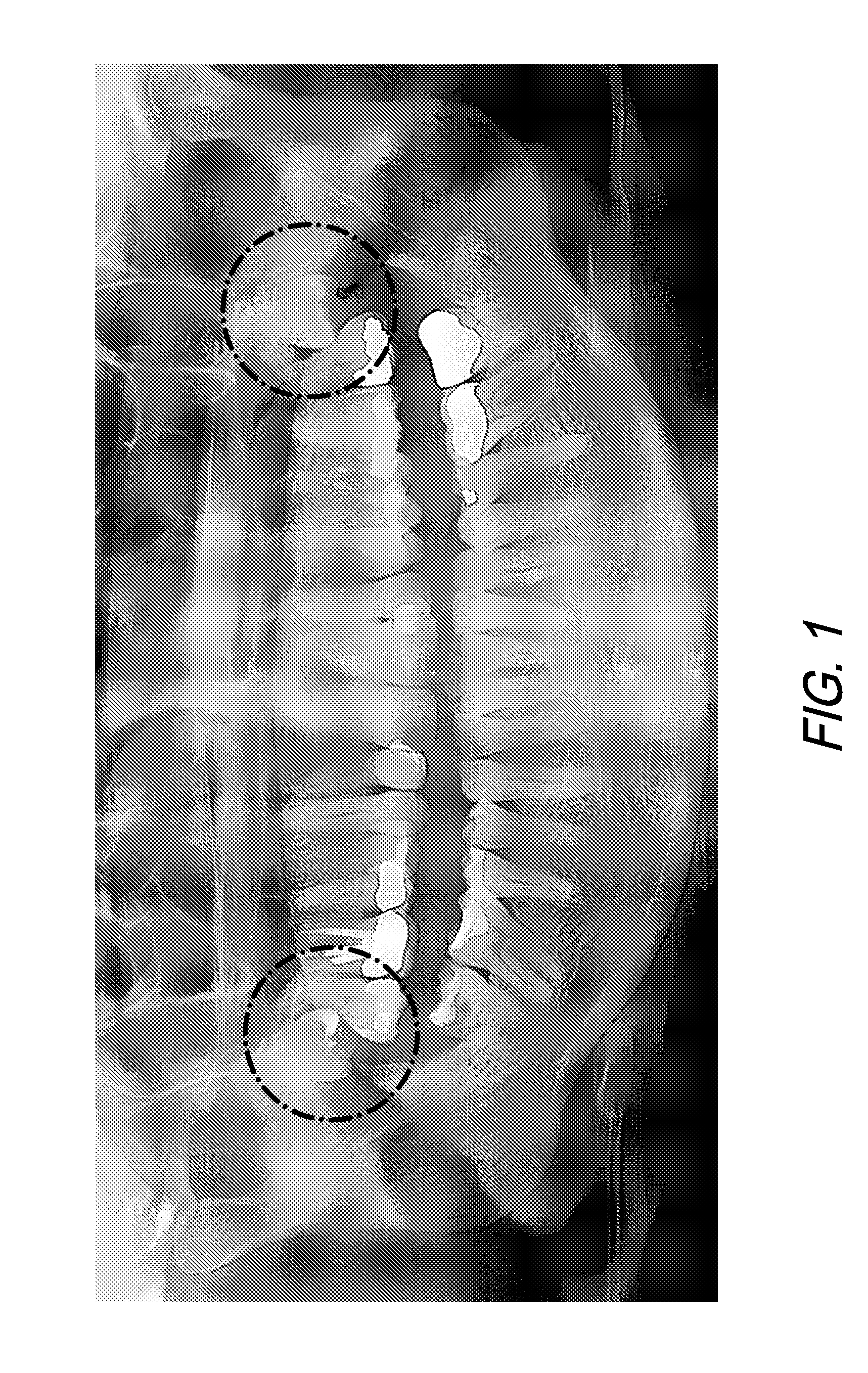Therapeutic Tooth Bud Ablation
a technology of tooth bud and ablation, which is applied in the field of therapeutic tooth bud ablation, can solve the problems of high complication, high invasiveness, and significant lifelong risks of asymptotic or non-pathologic tissue excision, surgery carries significant pain, risks and costs,
- Summary
- Abstract
- Description
- Claims
- Application Information
AI Technical Summary
Benefits of technology
Problems solved by technology
Method used
Image
Examples
Embodiment Construction
[0117]The highly invasive surgical procedure of extracting third molars can be completely eliminated by prophylactically eliminating the small tooth buds that will eventually form the wisdom teeth. Children age 6 to 12 will generally have radiographically detectable tooth buds with no signs of tooth formation inside the tooth bud. Third molar tooth bud agenesis (the lack of third molar formation) can only be conclusively determined by age 14. Third molar tooth buds are lying just 2.0 mm to 3.0 mm beneath the surface of the attached gingival (gum) tissue, making them accessible for rapid anesthesia and minimally invasive ablation with the correct selection of soft tissue ablation and supporting scanning and stent-manufacturing technologies.
[0118]By successfully improving existing medical technology, the highly invasive, painful, and complication-ridden procedure of traditional surgical removal of third molars (i.e. “wisdom teeth” extractions) can be replaced with a minimally invasive...
PUM
 Login to View More
Login to View More Abstract
Description
Claims
Application Information
 Login to View More
Login to View More - R&D
- Intellectual Property
- Life Sciences
- Materials
- Tech Scout
- Unparalleled Data Quality
- Higher Quality Content
- 60% Fewer Hallucinations
Browse by: Latest US Patents, China's latest patents, Technical Efficacy Thesaurus, Application Domain, Technology Topic, Popular Technical Reports.
© 2025 PatSnap. All rights reserved.Legal|Privacy policy|Modern Slavery Act Transparency Statement|Sitemap|About US| Contact US: help@patsnap.com



